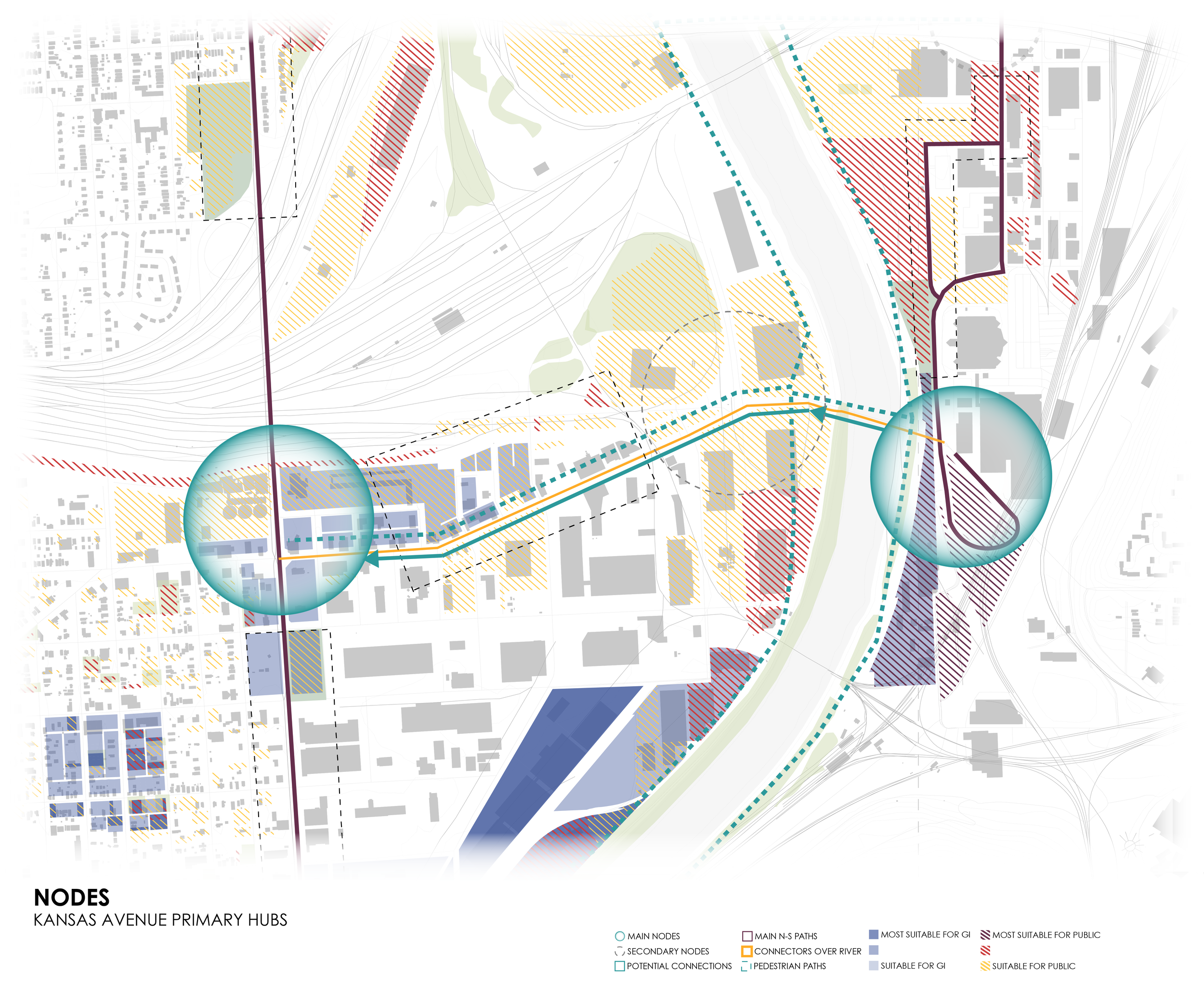The KCDC will be hosting its virtual Open House/Public Presentation for the Kansas City, Kansas Study on December 10th. There will be two different online sessions that you can choose from depending on your availability. Please see below for times and details. For more information on the project visit our project page .
Open House Session 1
Thursday, December 10th 12-1:30pm
Registration Link: https://us02web.zoom.us/meeting/register/tZYtcOiupj0qGt2hrXe0LNlxX6OjVJhNI62T
*Please register by 11:00am
Open House Session 2
Thursday December 10th 4:00pm-5:30pm
Registration Link: https://us02web.zoom.us/meeting/register/tZUlcuCtqzMoH9RGaLYBZK0XO3bhjl-Cl2d_
*Please register by 3:00pm
PROGRAM:
Project Introduction/Overview presentation (20 min)
Q&A (10min)
Group 1/Kaw point area presentation (20 min)
Q&A (10 min)
Group 2/Armourdale area presentation (20 min)
Q&A (10 min)
Reach out to KCDC Executive Assistant, Mariah Randell (mrandell@kcdesigncenter.org) with any questions.














